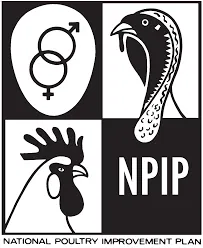Barnacle geese _$350/pair
Eggs/live birds are ship USPS or locally pickup or arrange for ground delivery. Live birds Shipping fee is charged at a discounted rate -$200 for up to 4 birds Fertile eggs shipping fee -$15 We ship only in USPS approved shipping containers. We ship through USPS priority express mail. 1-2days estimated arrival time. Live guarantee on all shipment. We ship birds out weekly Mondays- Wednesdays. No shipping on public holidays. Tracking # will be email after the birds have been sent. Usually from 5-6pm the day of shipment
Palmfarmsteads
The Barnacle goose has a white face and black head, neck, and upper breast. Its belly is white. The wings and its back are silver-gray with black-and-white bars that look like they are shining when the light reflects on them. During the flight, a V-shaped white rump patch and the silver-gray underwing linings are visible.
Barnacle geese are gregarious birds; they nest, feed, and migrate in large flocks. They are active during the day spending most of the time foraging above-ground. Barnacle geese molt after nesting; during this time they can't fly and stay in protected areas such as lakes or at sea in order to avoid predators. After the molting period, birds usually congregate at the gathering sites, where they feed before the migration to their wintering grounds.
Contact: (402)446-1788
Email: palmfarmsteads@gmail.com
www.palmfarmsteads.com
40510 J Rd Mancos, Colorado(CO), 81328
Barnacle geese are gregarious birds; they nest, feed, and migrate in large flocks. They are active during the day spending most of the time foraging above-ground. Barnacle geese molt after nesting; during this time they can't fly and stay in protected areas such as lakes or at sea in order to avoid predators. After the molting period, birds usually congregate at the gathering sites, where they feed before the migration to their wintering grounds.
Bar-headed geese are seasonal breeders. They exhibit a monogamous mating system, where males pair with one single female for several years. During times when the population is biased towards females a polygynous system is adopted where a monogamous pair may be joined by multiple secondary females. These secondary females also breed with the male of the pair. Because they breed in large colonies, females defend their nests from socially lower females that may be using brood parasitism to increase the likely hood of their offspring's survival.
